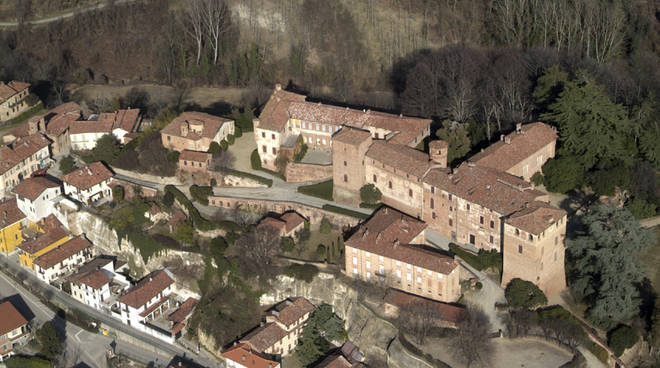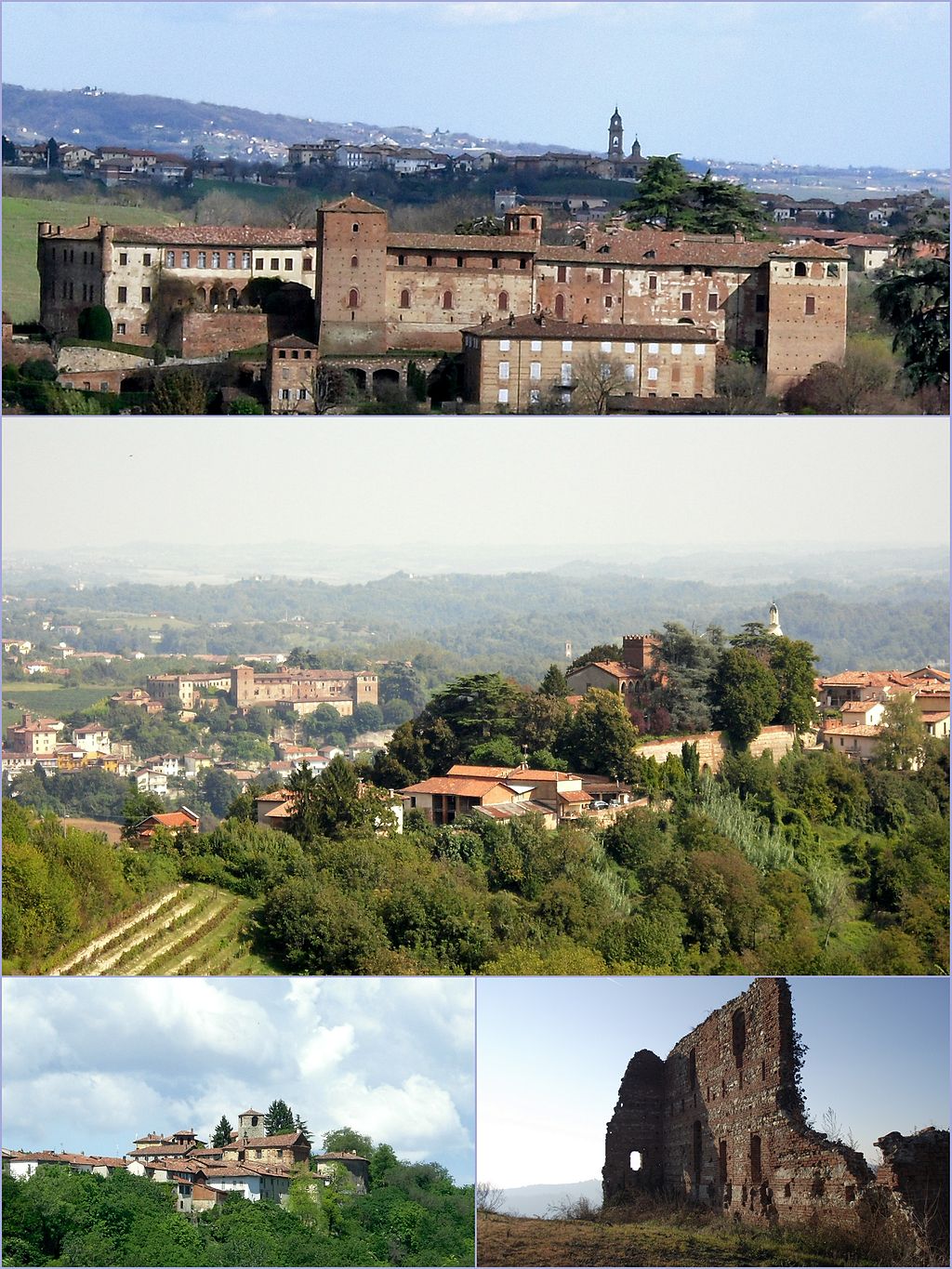


Like other lands of the Lower Monferrato, the territory that constitutes the present-day municipality of Passerano Marmorito was in ancient times inhabited by Ligurian populations and subsequently subject to Roman domination. In the 9th and 10th centuries, powerful groups of Frankish lineage, descended into Piedmont with Charlemagne, settled in places not far from Passerano, but the information relating to this period is somewhat uncertain. The origin of the name of Passerano, attested since 1001 as Passerianus, is probably a prediale, that is a denomination referring to a farm, to a fundus owned by a rich family of the time, obtained by adding the suffix -anus to the personal name Passerius.

In the imperial diplomas the place appears for the first time in 1164, when Frederick Barbarossa, who with the second descent into the peninsula had managed to impose himself on the municipalities of northern Italy, assigned the territories of Passerano, Schierano and Primeglio (and many others belonging to the county of Cocconato) to the Marquis Guglielmo V del Monferrato. Between the 12th and 13th centuries, Oberto and his son Manfredo are the local lords, in some way connected with the Marquis of Monferrato.
Their supremacy over the village lasted until the mid-twelfth century, when, in 1186, thanks to the intervention of Emperor Henry VI, the territories of Capriglio, Marmorito, Primeglio, Schierano (and others) passed under the control of the powerful family of counts of Cocconato. The counts of Cocconato formed a consortium, called dei Radicati. At the beginning of the thirteenth century, Passerano was aggregated as a fief to the domain of the Radicati counts (around 1277). In 1369 Charles IV of Bohemia submitted the county again to the marquisate of Monferrato (at that time led by the Paleologhi family), arousing the reaction of the Radicati who, turning to the Visconti, lords of Milan, obtained the restoration of the previous situation. In 1458 the consortium, which at the time had forty gentlemen, obtained total autonomy.
In 1503 the emperor Maximilian submitted the counts of Cocconato to his son-in-law Filiberto II of Savoy: a complex diplomatic affair ensued that ended when the emperor Charles V re-established the ancient privileges. In 1500 the county was the scene of some clashes to be placed within the war between France and Spain for dominance on the continent: in 1526 the territory was occupied by the imperial troops led by Fabrizio Maramaldo and the castle of Passerano was placed under siege. The siege was lifted only following the intermediation of the Marquise Vittoria Colonna, widow of the lieutenant of Charles V Fernando Francesco d'Avalos. Charles V himself, with a diploma of 1530, re-established the ancient autonomy of the county of the Radicati, who also obtained the privilege of minting gold and silver coins.
Skilled counterfeiters from the most important mints of Turin and Milan worked at the Passerano mint: German thalers, French pignatelle, Venetian and Lombard coins were imitated. In 1550 the Spaniards, in the context of the Italian wars of the sixteenth century, occupied and fortified the castle of Passerano; the following year the marshal of France Charles I of Cossé, count of Brissac, hindered in his anti-imperial campaign by the resistance opposed by Passerano, stormed the castle and after the surrender of the Spanish garrison blew up the fortifications that surrounded it. In 1586 the Radicati counts submitted to the Duke of Savoy Carlo Emanuele I. The mint, for its part, continued its activity until 1598, the year in which the privilege of minting coins was revoked by the Duke of Savoy due to the continuous minting of coins false. From the seventeenth century the entire territory was at the mercy of succession conflicts for the marquisate of Monferrato and the united Duchy of Mantua (1614-15, 1627-30).
The clashes between the imperial and Spanish armies against the French one devastated the castle of Passerano itself and led to a reduction of the territories of the County. The peace negotiations ended with the Cherasco agreement of 1631, with which Mantua and Monferrato remained to the Gonzaga-Nevers heir, while the Dukes of Savoy obtained an expansion of their control over the lands of the Piedmontese countryside. After the fall of the Savoy state following the Napoleonic advance, Passerano found itself part of the Tanaro Department, which had been divided into three arrondissements: Acqui, Alba and Asti. When the Napoleonic regime fell in 1814, the territories of Piedmont returned to the control of the Savoy, who returned with the new sovereign Vittorio Emanuele
Passerano Marmorito
Address: Via Al Castello 4, 14020
Phone: 0141903600
Site:
https://www.comune.passeranomarmorito.at.it/itLocation inserted by
Sabina